We may earn money or products from the companies mentioned in this post. This means if you click on the link and purchase the item, I will receive a small commission at no extra cost to you ... you're just helping re-supply our family's travel fund.
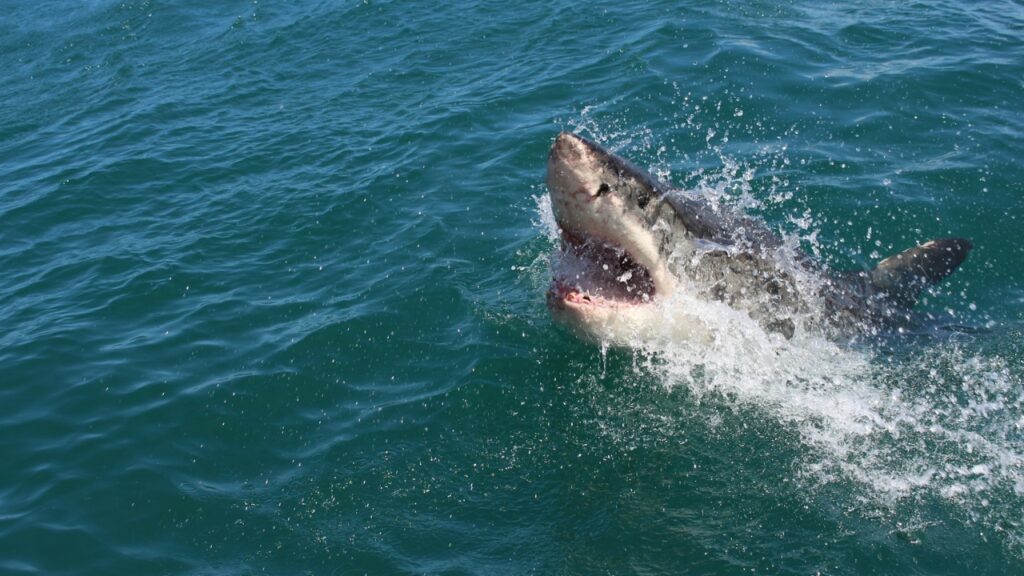
Sharks share the surf with us in more places than many realize, and some beaches see encounters more often due to baitfish, currents, and crowded waters. This guide highlights eight shores where sightings and bites occur more frequently. It is not meant to alarm, but to inform smart choices. Check local advisories, follow lifeguard guidance, avoid murky water, and skip solo swims at dawn or dusk when visibility is low and predators are most active.
New Smyrna Beach, Florida, USA
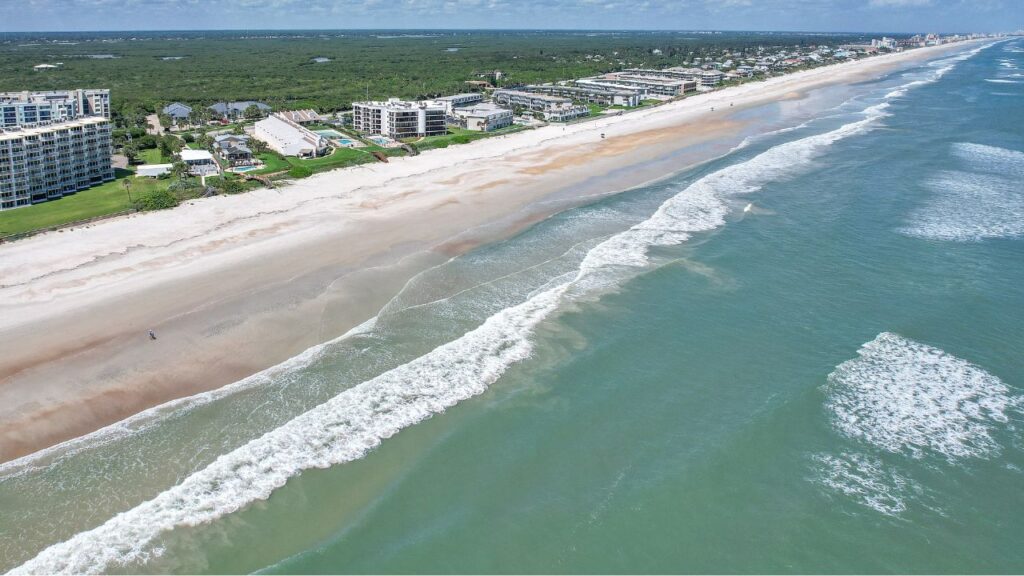
New Smyrna’s sandbars and Ponce Inlet funnel surfers and baitfish into tight corridors, which draws blacktip and spinner sharks near shore. Encounters tend to be brief and minor, but happen often because so many people and fish share the same space. Watch for diving birds that signal schooling bait, avoid areas near active fishing, and exit the water if visibility drops after rain or when water turns choppy around the inlet and jetty structures.
Folly Beach and Myrtle Beach, South Carolina, USA

Along the Grand Strand and around Folly, tidal inlets, estuaries, and seasonal baitfish attract sharks into popular swim zones. Summer crowds and warm water increase overlap between people and predators. After heavy rain, visibility drops and prey shifts around sandbar troughs. Avoid river mouths, keep distance from active fishing, and be mindful of diving birds that mark bait schools. Lifeguarded areas improve awareness and response times.
Makena, Maui, Hawaii, USA
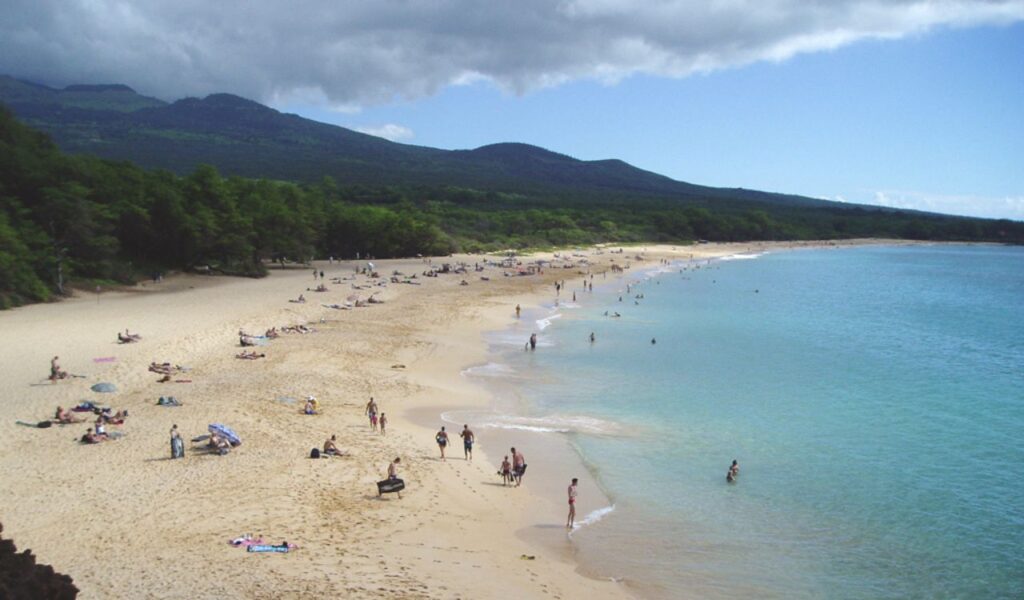
Makena’s nearshore reef edges and quick drop offs can bring tiger sharks close, particularly near turtle cleaning stations and reef structure. Calm mornings often coincide with lower visibility for swimmers. Leave shiny jewelry behind, give turtles and spearfishers space, and heed any posted closures or warnings. If fish behavior looks unusual or the water turns cloudy, exit calmly and choose lifeguarded stretches with clear conditions instead.
Bondi Beach, Sydney, Australia

Bondi is famous for crowds and for swift safety responses when sharks appear. Nets and patrols help, yet migratory routes and schooling fish can still bring predators near. Swim between the flags and leave the water when alarms sound. Early and late sessions pose more risk due to lower light. Choosing clearer days, avoiding areas with bait activity, and staying within flagged zones all reduce the chance of a close pass.
Byron Bay, New South Wales, Australia
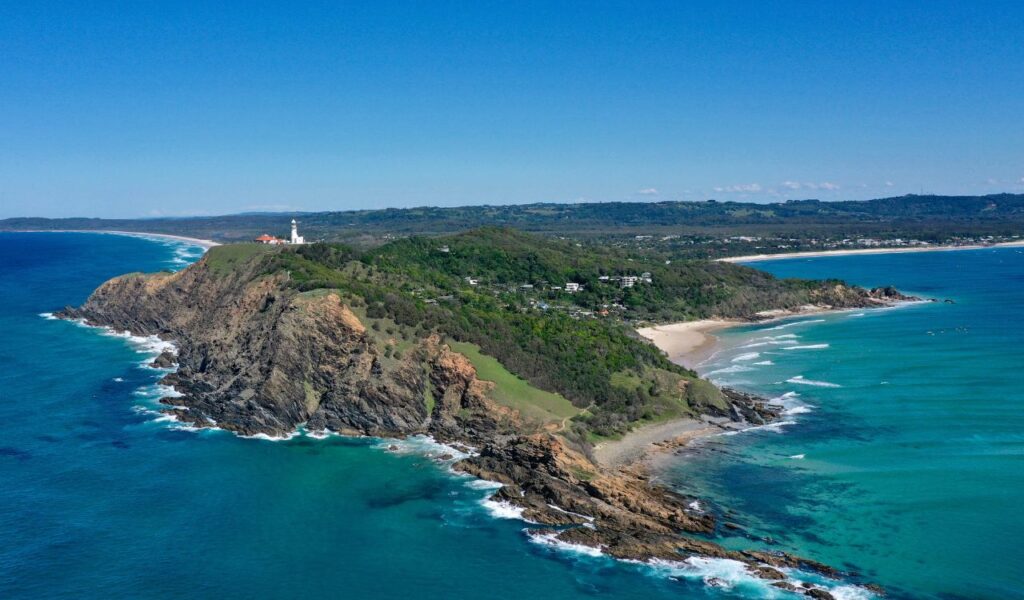
Cape Byron’s headlands, point breaks, and energetic currents create ideal feeding zones. Seasonal baitfish and migrations sometimes bring sharks tight to rocky points and gutters. After rain, murk rises and prey shifts unpredictably. Favor lifeguarded beaches over remote breaks, avoid low light windows, and keep distance from anglers and spearfishers. Clear water and good visibility help everyone spot wildlife early and make safer choices.
Gansbaai, South Africa
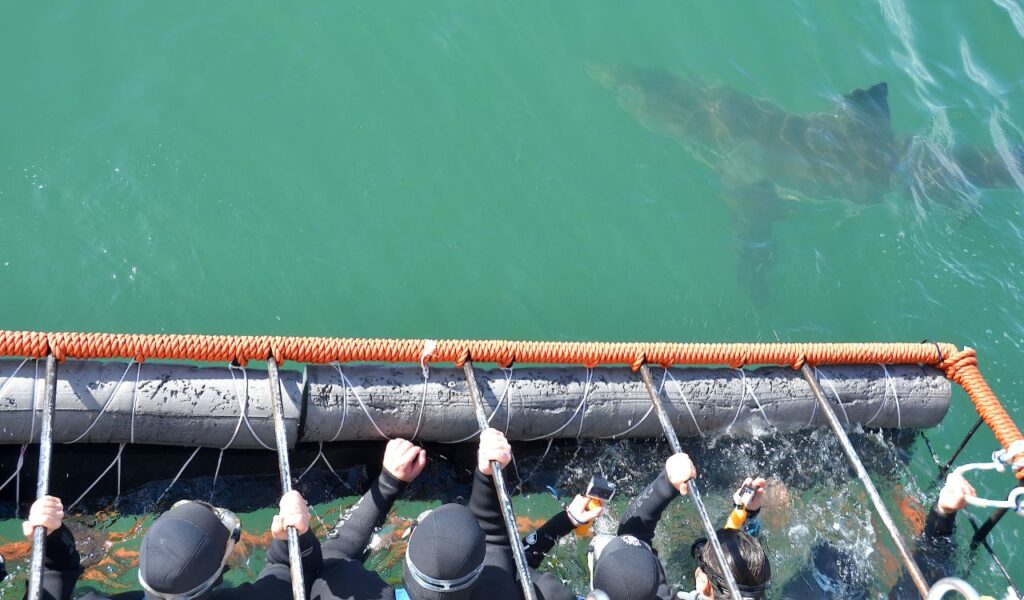
Between Dyer Island and Geyser Rock, Shark Alley concentrates seals and attracts white sharks. Regulated cage diving offers controlled viewing, but casual approaches near seal runs are risky. Conditions change quickly with currents and visibility. Respect closures, follow professional guidance, and avoid entering the water where seal predation is active. Boat operators and local authorities maintain protocols that keep wildlife and visitors safer.
Recife, Pernambuco, Brazil

Recife’s urban beaches have a long incident record linked to changes in nearby estuaries and shipping routes around Suape. Bull and tiger sharks patrol deeper channels and river mouths. Authorities post restrictions in flagged areas and advise against certain zones. Stay in permitted sections, keep close to shore, and avoid murky water after rain. If warnings are issued, choose pools or lagoons for a swim day that still captures the city’s coastal vibe.
Réunion Island, Indian Ocean
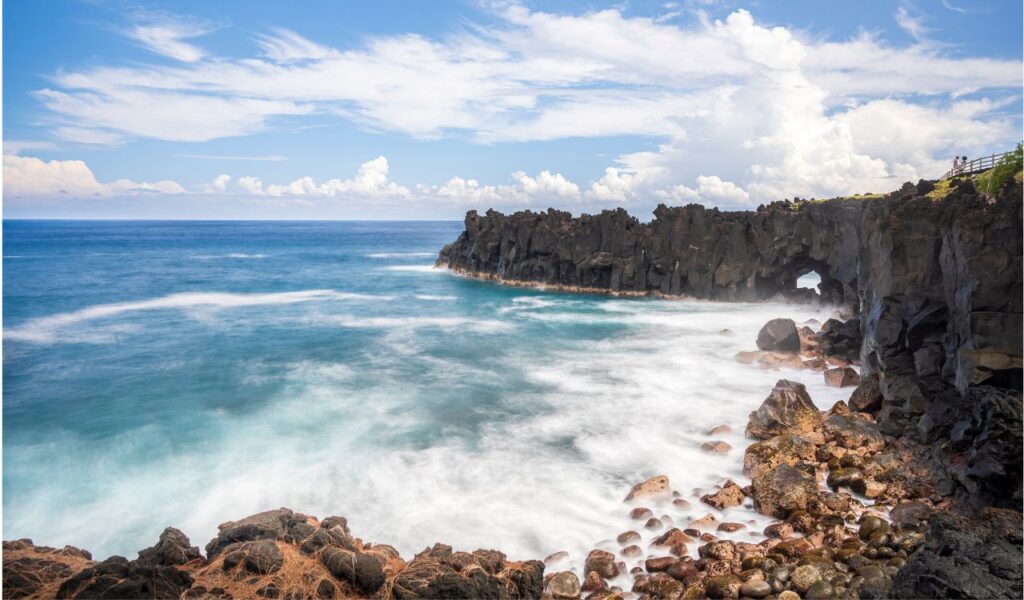
Réunion reports a high per capita rate of incidents, so authorities use closures and monitoring at popular surf and swim sites. Bull and tiger sharks move along reefs and drop offs, especially near river mouths after storms. Designated supervised lagoons and netted zones are best when open. Visitors should follow local guidance closely, skip dawn and dusk sessions, and respect all posted alarms and restrictions to keep risk as low as possible.